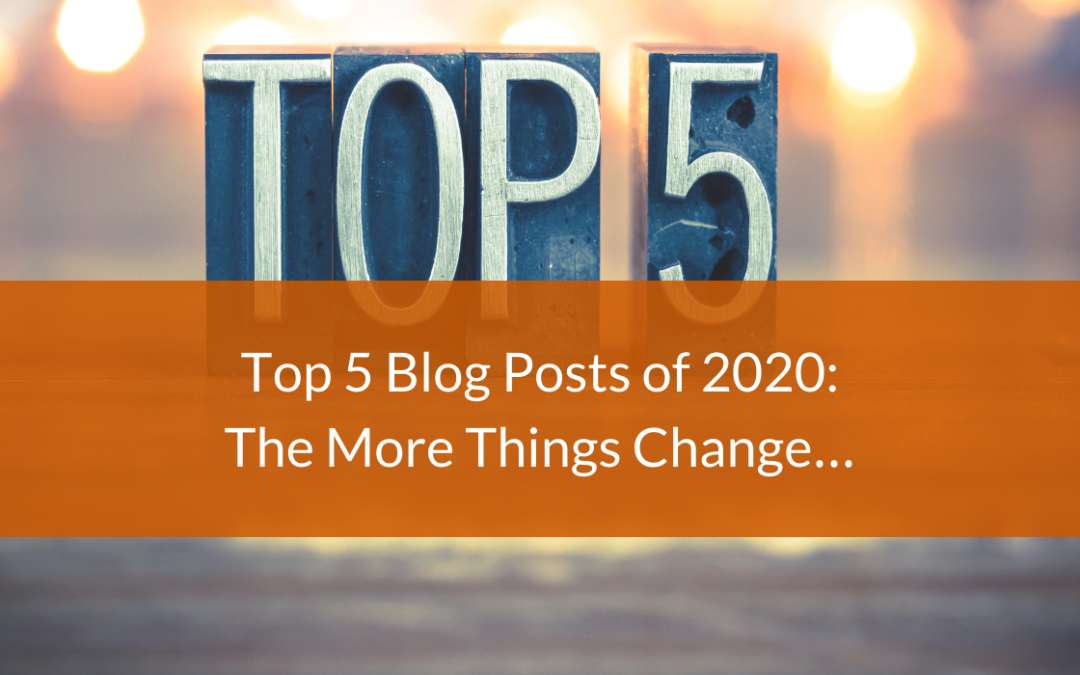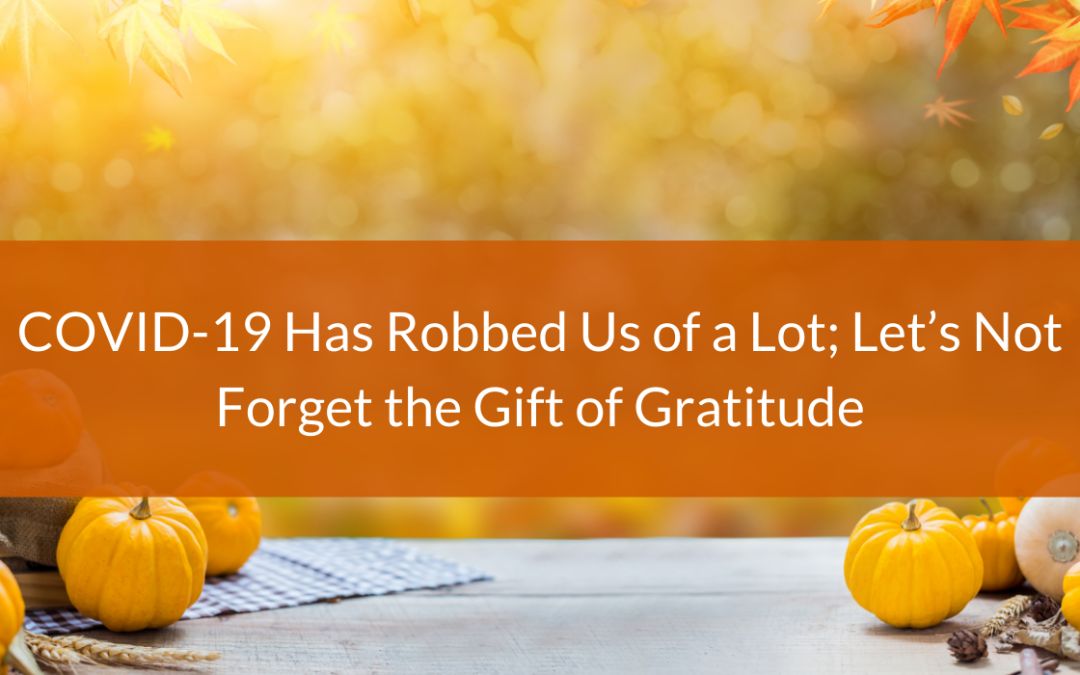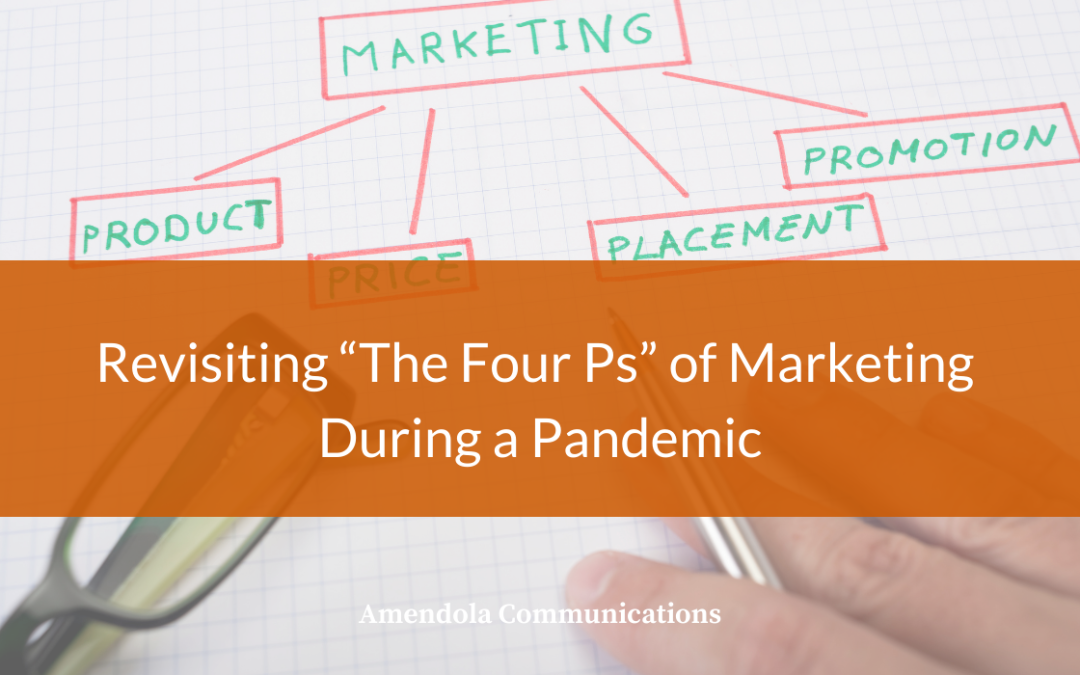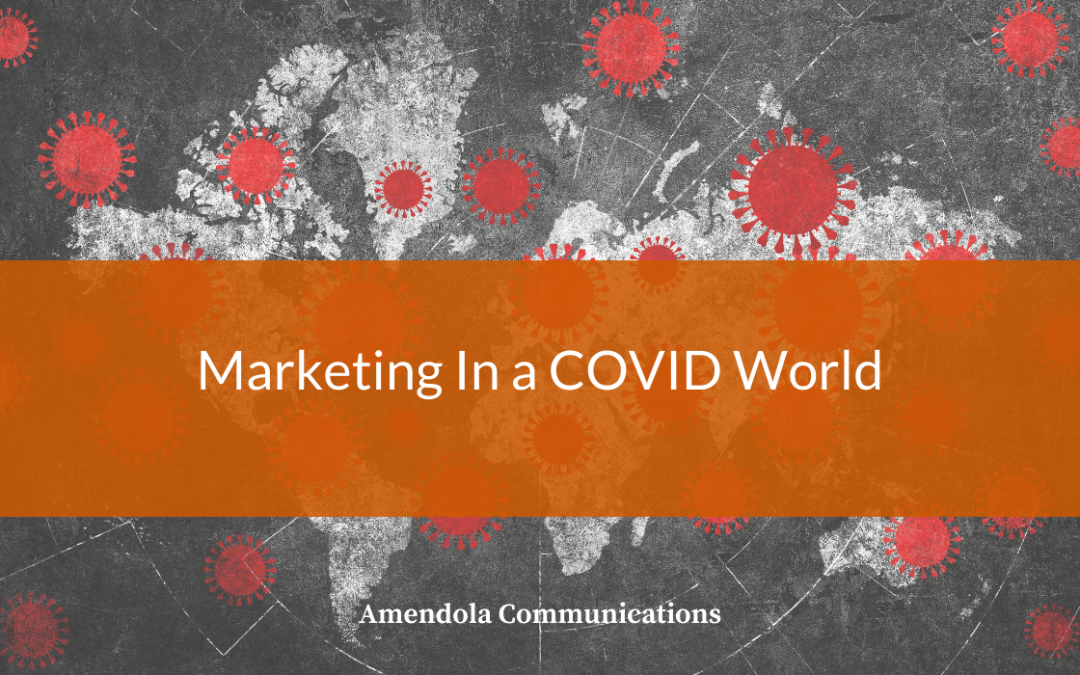by Jodi Amendola | Apr 28, 2021 | Blog
As many readers of the Amendola blog are probably aware, I lost my mother, who was my inspiration and guiding light, to COVID-19 the night before Thanksgiving last year. It was difficult for my family as well as me, especially because I believe it was unnecessary.
She should have been there to celebrate the holidays with us and would have been in my opinion had it not been for some missteps in her care.
As part of my process of dealing with this unexpected loss, I wrote a story about her that appeared in the Arizona Republic. If you’d like to know more about the details, along with my thoughts about what you should do to advocate for your loved ones should they be in the same unfortunate circumstances, it’s all contained in that article.
It’s what happened next, however, that I want to address today.
Shortly after that article appeared (and was re-posted on Facebook), I began to receive the most touching and beautiful comments, messages, and emails. And I’m still receiving them.
Some were from friends, of course, expressing their sympathy for my loss. Many, however, were from strangers who had gone through a similar experience and found a sense of kinship in sharing their grief as I had shared mine.
It was a stark reminder of a basic principle we, as marketing and PR professionals, should keep in mind: PR in general, and thought leadership in particular, works better when you make it personal. A topic, incidentally, I also explored in my latest Forbes Agency Council article.
The most effective thought leadership comes when the person behind it is passionate about the subject matter. Yes, you can write in a detached away about something technical, conveying information and/or data that is worth sharing. But while it informs, it usually doesn’t move people to action.
For that you need a human element. And nothing is more human than sharing something personal.
It can be a story from your childhood, your teen years, or your time as an adult. It can be about something funny that happened to you, or something sad, or something that contains a mix of emotions you can’t even sort out yourself.
Or it can be about a person who means a lot to you. Like my mom did to me.
The important thing is that it is a little glimpse behind the façade we all tend to put up in our business encounters to cover our true selves. In other words, it’s real.
Organizations often talk about creating an emotional connection to their brand during branding meetings. But then they’ll do everything they can to hide anything that seems remotely raw or real.
To me, that approach makes no sense. Sure, you don’t want to air all of the organization’s dirty laundry in your marketing and PR efforts. But what’s wrong with showing your human side?
The point is a person or a company can be open and honest about their feelings and reactions to events without falling into the rabbit hole of controversy. The key is to focus on the parts that are universal to the human experience.
We all experience joy and caring. We all experience excitement and wonderment at one time or another. We all experience grief and loss.
That doesn’t mean we experience it in the same way. But we do share those experiences to some degree.
The more willing organizations are to take a stand and tell stories about themselves, their employees, their customers, and everyone else who is connected to them, the more “real” they will become in the minds of their key audiences. And the more successful they will be in creating a brand image that is unique and memorable.
I know it’s not always easy to tell these stories. We can all feel a little exposed when we offer these types of details about ourselves.
When I wrote about my mom it was like going through it all over again.
Yet as I see the reactions continue to come in I know I made connections with people I’ve never met, and probably never will properly meet. Isn’t that what marketing and PR are really all about?

by Morgan Lewis | Jan 20, 2021 | Blog
COVID-19 left no industry unscathed in 2020 (well, except maybe Wall Street). One of the hardest-hit industries was healthcare, which is Amendola’s specialty. Throughout the year, we posted blogs with helpful advice about adjusting to the massive changes occurring in the economy and how to steer your organization when so much was uncertain.
Well, judging from the most-read blog posts from the year, it seemed our readers were more interested in writing tips than survival tips. This unexpected outcome, we hope, is a positive indicator that most of you coped well with working from home, virtual meetings and travel restrictions in 2020, and were simply trying to sharpen your written communication skills with the additional time on your hands.
So, without further ado, the following are the top 5 most read Amendola blog posts of 2020 in descending order.
5. The New Normal in Public Relations and Marketing
Our only post written in 2020 to crack the top 5 describes how various brands have responded to the pandemic and how there is likely no returning to a 2019 version of normal. As the post points out, while the world may have changed, the vision and mission of your organization should remain the same. Maintaining the status quo, however, is not an option and neither is giving up. Communicating strategically, i.e., not ignoring the seismic disruption caused by COVID-19, is essential and can help your company weather (and even grow) during this catastrophic time.
4. Simple Language and Communication Success
As a professional writer for more than 20 years, I can attest to how difficult it is to write with simplicity, especially about complex topics like healthcare and IT. As this post from 2017 reminds us: simplicity is often better. Keeping sentences short, avoiding jargon and using an active voice are important tips to remember for everything we write and across all forms of writing. It is no wonder that this post was among our most-read posts again.
3. The Importance of Feedback in PR From Media, to Writing to Client Relationships
Feedback, when appropriately delivered, makes us better at whatever we do, as this post written in 2018 reminds us. Feedback takes on an added dimension in PR because we need it from clients and colleagues, but also editors and other members of the media where we have deep professional relationships. Seeking feedback can certainly provoke anxiety in all of us, but, as the post assures us, it can motivate, improve performance and keep us focused on the right targets.
2. Health Care or Healthcare? Here’s the Answer You Won’t Find in an AP Stylebook
As a journalism major in college, the Associated Press Stylebook becomes your bible. Since Amendola has so many former journalists on our team (including yours truly) many of the manual’s terminology, abbreviation, punctuation and other rules are hardwired into our brains and fingers. (I still often write the word “percent” even though the AP ruled in 2019 that the “%” symbol is now preferred.) Publications and organizations often have their own style rules for content that differ from the AP, which is what this blog post from 2019 is about. At Amendola, for example, we write healthcare as one word, although the AP uses two. Curious readers (and writers) clearly wanted to learn more about the secrets of this vaunted manual, which is why it was in the top 5 most read for the second year in a row.
- Going in AP Style
Sheltered-in-place during the pandemic, many of us turned to self-improvement activities – exercise, healthy cooking, reading more books, learning a new professional skill — and were seeking online content and classes to help guide those activities. That is my highly non-scientific explanation for why four out of the five most-read blog posts from 2020 were about personal development, mostly improving your writing chops. Yet this blog post from 2018 was also the most read post of that year, as well as 2019, which makes me wonder if readers are on a self-improvement kick or they just don’t want to shell out $27 for an online subscription to the stylebook. Either way, this post is filled with helpful nuggets for writing a press release, blog post or any type of content.
Whether it is writing tips, strategic branding guidance, media relations best practices or any of the other many PR and marketing topics we cover, we hope that you’ll continue to visit our blog throughout 2021. Who knows… maybe we’ll even write about AP style again.

by Jodi Amendola | Nov 23, 2020 | Blog
COVID-19 brought a year filled with uncertainty, change and lots of hardship. The impact of the pandemic has taken its toll on many of us.
With the election behind us, Thanksgiving around the corner, and 2021 ahead, let’s be grateful for the many gifts we have, the successful marketing programs achieved and both our personal and professional COVID bright spots.
In today’s fast-paced Zoom culture, we hop from one meeting to the next. We are so busy juggling and looking ahead, that giving thanks and showing gratitude is an obvious yet often overlooked gesture.
We frequently shoot a quick thank you text or email (if that) and check it off our “to-do” list. Remember the days when we actually went to the Hallmark store, bought a card and wrote a personal note?
Some of my favorite career highlights have been receiving hand-written notes from employees and clients, who took the time to express their gratitude and mail a personal, heartfelt thank you.
Thanksgiving Day simply isn’t enough to contemplate all there is to be grateful for — especially when adding our professional blessings to the mix, like the partners, colleagues and employees who contribute to our success.
In 2021 as the pandemic will still be a part of our life and change will continue to be the only constant, let’s promise to give thanks on more than just one day. Here are some thoughts to help you incorporate ongoing gratitude:
- Create and implement an ongoing appreciation program, which can have a tremendous impact on performance, sales and overall happiness.
- Put aside time and budget for personal notes/direct mail, emails and blog posts giving thanks and gratitude to your internal and external clients.
- Consider implementing an awards program, recognizing key accomplishments
- Donate money in your clients’ or team’s honor
Whatever approach you take, remember that a personal thank you goes a long way and will be remembered with appreciation.
Special thanks to each, and every member of Amendola team, who day in and day out make all the magic happen. Your hard work and dedication do not go unnoticed. I appreciate all of you.
Happy Thanksgiving, and a special thank you for all who have helped me and supported both me and Amendola Communications along the way! I am so grateful for my team, clients, prospects, media, analysts, and of course, my family.
With heartfelt appreciation, Jodi

by Chris Currington | Oct 7, 2020 | Blog
Whenever asked to come up with a marketing plan, many people refer back to the “The Four Ps of Marketing” and use them as the basic foundation to develop an integrated strategy.
During the COVID-19 pandemic, a lot of healthcare and health IT companies have had to totally rethink the four Ps—whether they know it or not. And, they’ve had to do this as fast as possible while trying to save lives—of frontline workers and infected patients—while remaining relevant and profitable.
Here’s an example. Currently all eyes are on the biopharma industry to see how quickly they can develop a vaccine that will effectively stop—and hopefully eradicate—the coronavirus.
- The “P”roduct here is the vaccine, and there are many companies testing theirs to see which offer the best and safest results.
- But have you also noticed a lot of the “P”romotions that these companies have been making in the national news? So far, none of them have been paying for these promotions—and that’s an important point of clarification—not all promotions are paid.
- There are also a lot of national arguments on the “P”lacements of the vaccines. How will the vaccine be distributed and who will be first in line to receive it? How will they know it’s available and where to get it?
- And of course, we’re also hearing a lot or rumblings about the “P”rice of the vaccine. Will it really be free (someone has to pay for it) or will there be a hefty cost when people pull up their shirt sleeves?
Because we’re in a pandemic, the whole healthcare industry has had to deal with its effects on their individual products and services. Here’s a recap of a few observations of what’s been happening.
Product
Because of COVID-19, many—if not all—health IT companies have had to take a very hard look at their products and solutions and how they can help health workers deal with and provide care to those in need.
Some of the products are back-end solutions that integrate with technologies such as EHRs—to provide faster service and track results. Certain companies may deal more directly with healthcare coordination or how data is being used and sent, while others may provide community-based services to those who are most vulnerable. And as mentioned above, many are dealing with therapeutics that help in delivering care to those affected with the virus.
Placement
Directly related to the product or solution is where and how it will be used. This will have an effect on how it will be marketed and determine the channels for those efforts.
Right now, in healthcare, certain products (think thermometers, COVID-19 tests, ventilators, etc.) are moving very quickly all around the world. But it takes sophisticated logistical operations to get equipment where it needs to be.
But this also affects how the public is informed and how the product gets used. For example, we’ve heard several instances of how someone may be feeling symptoms related to the virus but has absolutely no idea about where to go to get a test.
Promotions
This is probably the most confusing and difficult of The Four Ps to navigate during the pandemic. With so many companies wanting—and deserving—earned media placements, many news outlets are overwhelmed with requests. Having the right relationships with the media, and offering them true, compelling and factual stories is key to making sure products and solutions receive the attention they deserve.
Paid promotions are an obvious possibility, but with so much information “out there” companies will need to be very analytical, specific and targeted to reach their audiences and cut through the noise. Social media is also a good option to promote a product or solution, but knowing the right channel and frequency are keys to getting attention, followers, likes and shares.
Price
The most compelling of the Four Ps to the consumer of a product or service is the price! Remember all the fears about toilet paper and hand sanitizer shortages, and efforts to control supply and demand?
Many healthcare and health IT companies—in order to meet needs and create a common good for care delivery—provided their solutions for free. But they can’t do this forever because they’ll go broke. And, in an unstable economy, pricing dilemmas will surely consume many of these companies’ time—while trying to maintain and salvage relationships with clients and customers.
As has been demonstrated time and time again, The Four Ps of Marketing create the formula for a winning strategy and a profitable company. During the COVID-19 pandemic, many companies have had to revisit all the Ps to make sure their product or solution gets where it needs to be or does what it can do for health workers.
Products, places, promotions and price are now more relevant to healthcare delivery—and saving people’s lives—than they have ever been before.

by Stacy State | Sep 9, 2020 | Blog
In mid-May we talked about the emergence of a new normal in public relations and marketing as a result of the COVID-19 pandemic. Media coverage of the virus has become all-consuming in the intervening four months.
Over 100 million pieces of news focused on COVID-19 have appeared. In just one sampled day, 340,000 came from 30,000 media outlets. As the lingering epicenter of the crisis, the United States produces one third of all global daily coverage.
Even as pandemic fatigue sets in among the American population, our collective obsession with the virus and its toll never wavers. Potential vaccines linger on the horizon bringing hope. However, even aggressive projections place their availability 5 to 6 months away. COVID-19 isn’t going anywhere anytime soon.
The brands and products that most easily resonate with Americans these days are those that fulfill critical needs, both physical and emotional. So, unless you’re selling hand sanitizer, outdoor entertainment, or any type of toilet paper, how do you keep your brand in front of your customers?
By making your brand feel critical.
The Five Things That Matter
Brand Messaging
Gone are the days of simple promotions. In today’s world the only messaging that stands out and feels genuine is that which tries to connect with people on a human level. The mixture of isolation, fear of the unknown, and an overwhelming sense of community and empathy has hot-wired most Americans to see the world differently in a very short amount of time. It has crystalized the things that matter and those that don’t. To matter, your messaging must account for this shift in thinking.
Social Media
The isolation of social distancing has caused 32% of Americans to spend more time on social media as a way to stay connected to their friends and family. Leveraging this groundswell of attention, paired with appropriate messaging, is the key to remaining relevant and to gaining new audiences. Make your brand into a trusted news source that offers important information during this time of need. Engage your followers in a conversation that proves valuable.
Virtual Events
Our need to connect with one another is fundamental. While physically isolated, virtual events have skyrocketed 1000% during the pandemic. These events are a collective backbone offering education, networking, and collaborative opportunities. It cannot be overstated how important these events are for socializing your brand’s presentations, white papers, and case studies. These webinars and virtual roundtables serve as important touchpoints with your existing customer base and essential engines generating new client leads.
Email Campaigns
Email remains another reliable and consistent communication vehicle. Since the beginning of the pandemic email open rates have improved 8% with a corresponding click-through increase of 22%. Incorporating the critical elements mentioned above into a comprehensive email campaign can help drive the success of your brand’s overall marketing strategy.
SEO & Lead Generation
The consistent theme here is Americans are turning to alternative tools to stay connected. Social media, virtual meetings, email, and the Internet have replaced most traditional in-person communication. Internet usage has surged 70%. A clever SEO & lead generation plan will plant the seeds that flourish long after COVID-19 has disappeared. Providing evergreen content that engages customers and answers core needs remains the heart of successful lead generation. Whitepapers, eBooks, and blog posts will always matter. And SEO drives their visibility.
The world has changed. People have changed. It’s impossible to know for how long. But for now, connecting with people requires embracing this new normal. The five keys listed here will help your brand lead as we all step into this brave new world.




